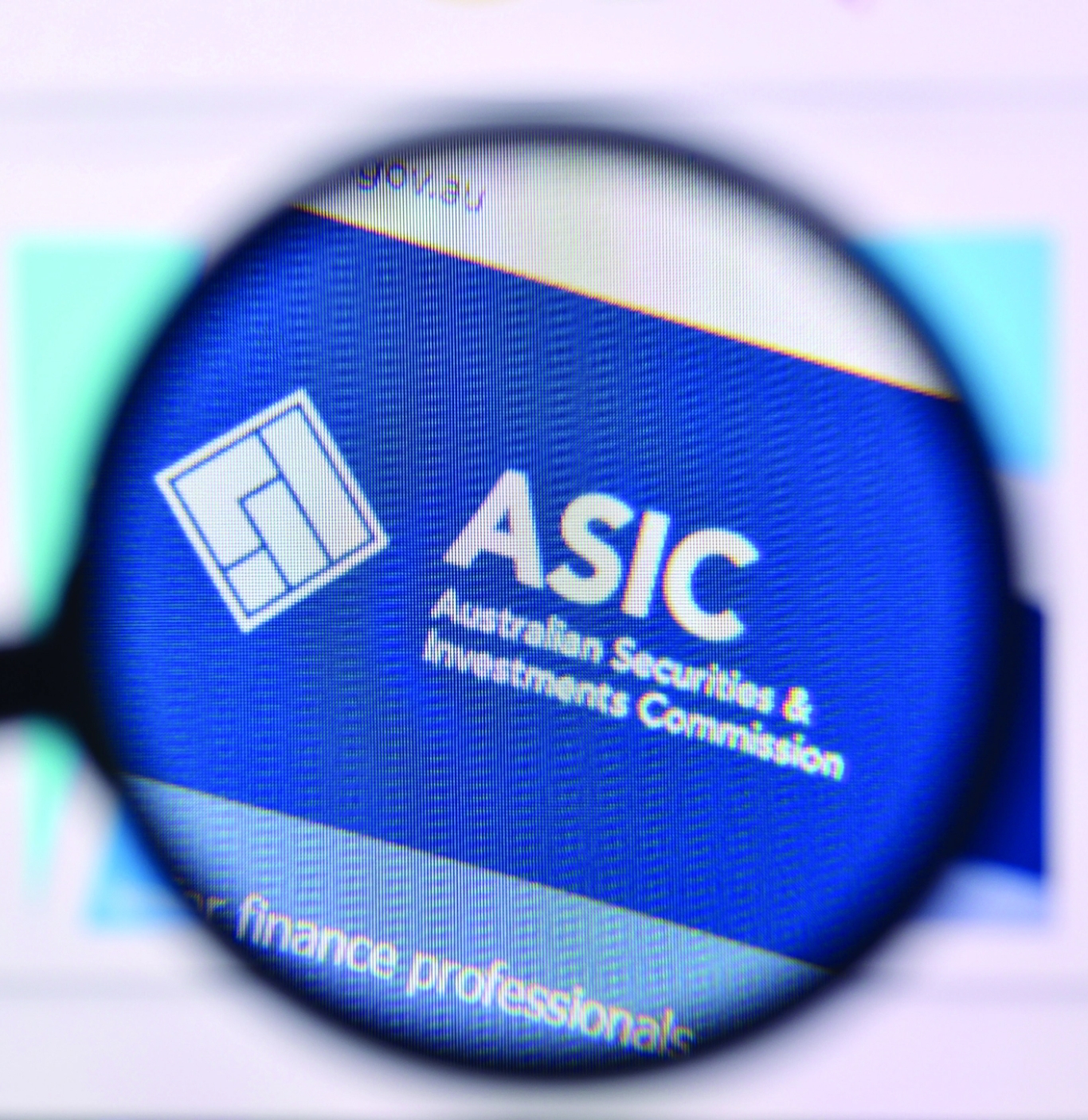ANZ-Suncorp officially merge
Major bank ANZ completed its acquisition of Suncorp Bank on 31 July 2024, with the merged group coming into being on 1 August.
Approximately 3,000 employees and 1.2 million customers were welcomed into ANZ Group from the beginning of the month.
As part of the merger agreement, Suncorp will continue to have a registered office located in Queensland (and its head office will be located there if the CEO performs the role in the state), at least one member of Suncorp’s board of directors will reside in Queensland and it must achieve a range of lending commitments to support renewable energy projects in Queensland, support the development of infrastructure in preparation for the 2032 Olympic Games, and engage in substantial home lending commitments.
Speaking to The Adviser, Suncorp’s executive general manager, home lending, Troy Fedder, said: “We are excited to be joining ANZ and to continue delivering great customer outcomes to brokers and their customers.
“Brokers will continue to receive consistent service and support from our Suncorp Bank teams on the completion of the sale.”

Financial Services Minister meets industry about clawbacks
Assistant Treasurer and Financial Services Minister Stephen Jones MP recently engaged with the broking industry to address concerns regarding clawback and net-of-offset commissions.
The meeting, held on 8 July, involved discussions with members of the Finance Brokers Association of Australia (FBAA) and aggregators at the association’s national office in Queensland.
The primary focus was on the perceived inequities of clawback policies and net-of-offset commissions. In addition to these issues, the meeting covered topics such as Consumer Data Right priorities, lender settlement repricing practices, and disparities in mortgage pricing between new and existing customers.
While specific actions from the meeting were not detailed, Minister Jones requested the FBAA to compile a list of priorities and desired outcomes for future discussions.
Managing director Peter White AM expressed the association’s intention to develop a strategic plan addressing these concerns and advocating reforms that promote fairness for brokers.
He said that the meeting marked “the first time the industry at-large had ever met with a relevant federal minister to specifically discuss clawbacks and other important issues at such depth”.

Broking industry unpacks the payroll tax case
Senior leaders from the broking, tax accounting, and legal industries joined The Adviser for a special webcast delving into one of the big issues disrupting industry at the moment – payroll tax – and unpacking how and why it’s being applied to the broking industry.
The webcast, partnered by the industry association the Mortgage & Finance Association of Australia (MFAA), law firm Dentons, and aggregator LMG, was held after the Supreme Court of NSW found that payroll tax should be paid on commissions and payments to brokers in certain instances (as per the precedent-setting Loan Market court case).
Despite ongoing industry opposition and pending legal appeals, the panellists emphasised the need for brokers to prepare for potential tax liabilities. They highlighted the complexity of exemptions under the Payroll Tax Act 2007 NSW, urging brokers to substantiate exemptions to their aggregator if they believe they should not be caught under the tax.
Adam Nicholas from PwC Australia and Anja Pannek (MFAA CEO) underscored the national impact, cautioning that even Western Australian-based aggregators could be affected depending on their operational set-up.
The webcast is available for watching on demand here.

ASIC reduces broker levy after questions raised
The Australian Securities & Investments Commission (ASIC) has updated its draft cost recovery implementation statement (CRIS) for the financial year 2023–24, after its minimum levy for credit intermediaries was questioned by a member of industry.
ASIC’s initial draft CRIS for FY24 outlined that it expected to recover $3.11 million from the 4,214 credit intermediary entities it regulates, which have 40,728 credit representatives working under them.
It outlined that credit intermediaries would be subject to a minimum levy of $1,000 for FY24.
However, Greg Ashe, the director of compliance specialists QED Risk Services, said that charging a minimum levy of $1,000 to each credit intermediary entity would have resulted in ASIC collecting more than $4.2 million, not $3.1 million, as listed.
He therefore reached out to the regulator to question the figures.
ASIC acknowledged the error and has now updated the CRIS document.
Speaking to The Adviser, an ASIC spokesperson said: “While $1,000 is the minimum levy set by the Regulations, where our actual costs will result in a levy that is less than $1,000 per licensee, the levy amounts recovered would be adjusted to avoid an over-recovery.
“Given we received a query on it, we considered it prudent to change it as there are a large number of participants in the subsector and we wanted to avoid any potential for further confusion.
“To confirm, we never over-recover our regulatory costs for any subsector under ASIC industry funding.”





